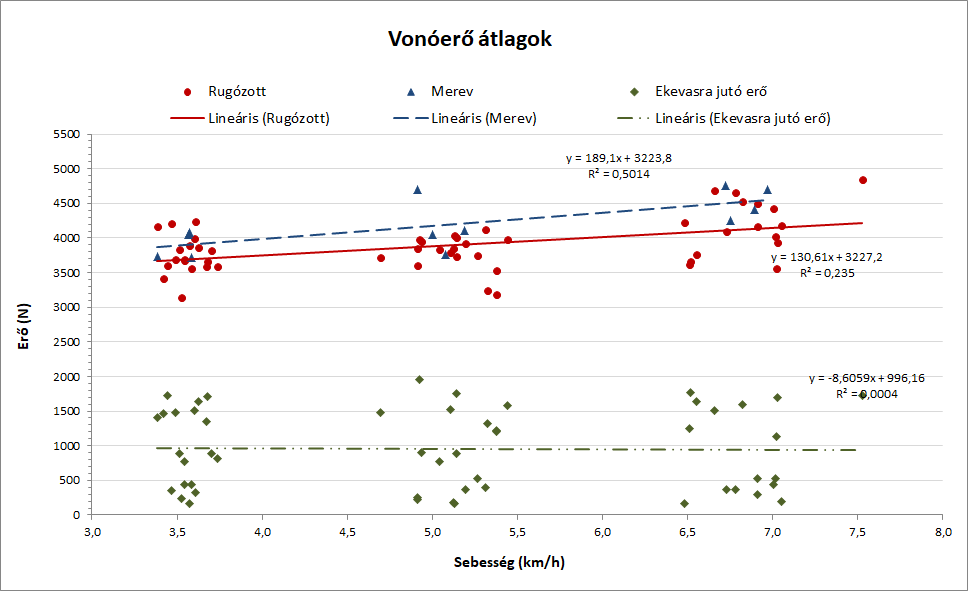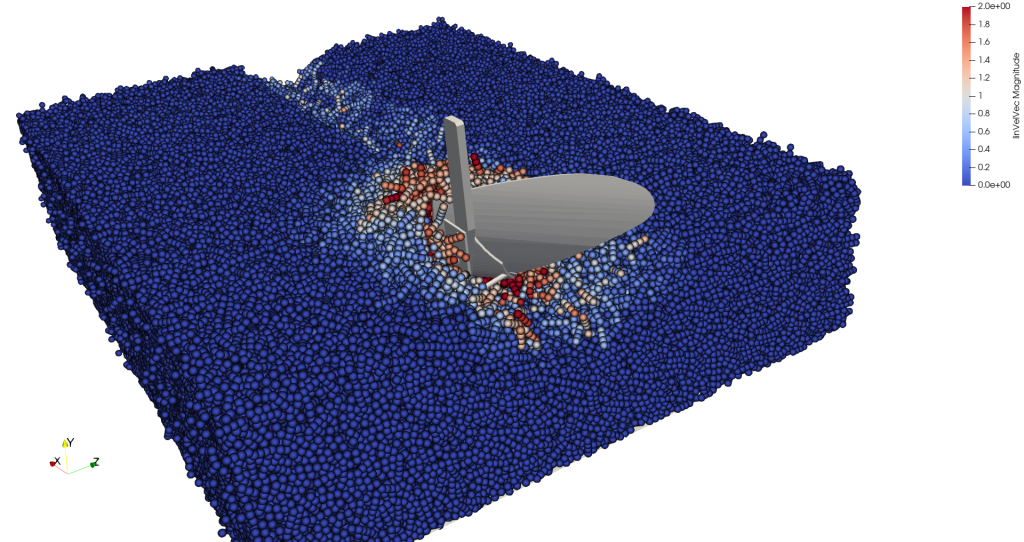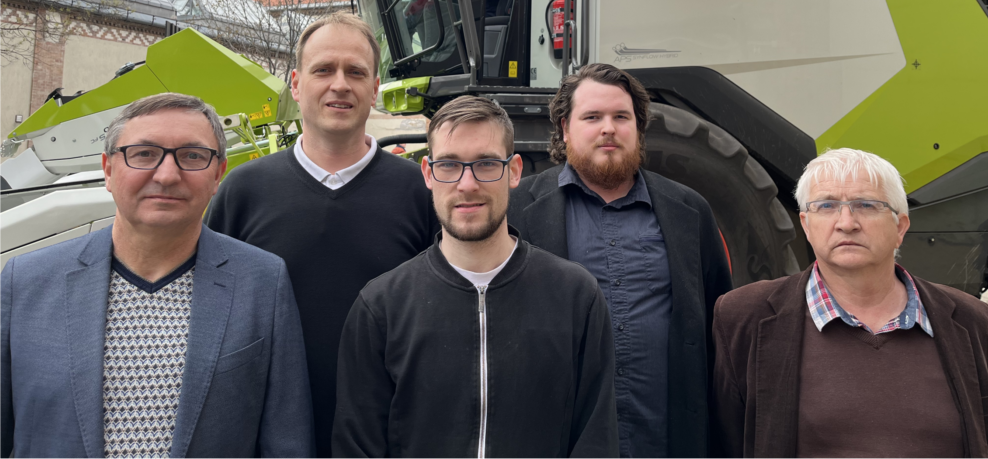News feed
Ploughing ahead: BME researchers modernise ancient farming tool
2025. 04. 03.
BME researchers' patented plough design makes soil tillage more efficient than ever before.
In an age when the pressing question is which jobs will be left untouched by artificial intelligence, it may seem surprising that one of the oldest tools of human civilisation can still be improved. What could possibly make a plough work better than it has at any time over the past 5000 years?
Researchers at the Department of Machine and Product Design at the Faculty of Mechanical Engineering have found the answer. They found that a plough head with a flexible supported ploughshare, when properly calibrated, can outperform a rigid one in terms of efficiency. So much so that a patent application has already been filed for the invention.
"It was already known that a vibrating plough could reduce draught force, but previous designs relied on external power sources, which required additional energy.
Our innovation lies in harnessing the cyclical fragmentation of the soil,”
explained Kornél Tamás, associate professor, in response to a question from bme.hu.

Plough head
In other words, as the soil fractures rhythmically during tillage, it causes the plough head to oscillate. This motion leads to a reduction in the energy needed to pull the plough. The vibration occurs at a frequency of 5–10 cycles per second, typically at a depth of around 25–30 centimetres.
The trick lies in tuning the system to match the soil’s natural frequency. Every material has one — just think of the famous collapse of the Tacoma Narrows Bridge in the United States:
"When calibrated correctly, the spring-mounted plough head reduces the draught force by 5 to 9 percent, based on our measurements. Given that modern tractors consume two to three hundred litres of diesel per shift, the cost reduction is far from negligible. In addition, modifying the plough does not require any significant investment," added Zoltán Hudoba, master lecturer at the Department.

But there are still challenges — mainly due to soil heterogeneity. Success depends on accurately assessing the properties of the soil. Ideally, this would be done automatically using software, with artificial intelligence calibrating the machine based on the results.

Simulation
Such a development would require large amounts of data, but field measurements under real-life conditions are both time-consuming and technically challenging. It would be somewhat easier if the researchers had access to a tractor with measuring equipment; but for now, they rely mainly on simulations, which they carry out using, among other things, a system they have developed themselves. They are also collaborating with the BME Industry 4.0 Technology Centre, where development continues within the Precision Agriculture Research Group.

A research group: László Kovács, Kornél Tamás, Bence Szabó, Árpád Wágner, Zoltán Hudoba
pg
